Lavender brings that magical combination of beautiful blooms, enchanting fragrance, and timeless charm to any garden. Among the many varieties, English lavender (Lavandula angustifolia) and French lavender (Lavandula stoechas) are two of the most popular, yet they have distinct needs. Understanding these differences is the key to success.
Let's start with the fundamentals of sunlight and placement. Both types are sun-worshippers, thriving in locations that receive at least six to eight hours of direct, unfiltered sunlight daily. A full sun position is non-negotiable for healthy growth and, most importantly, for producing those iconic, fragrant flower spikes. Without enough light, the plants become leggy, flop over, and produce significantly fewer blooms. For container gardening, choose a spot on a south-facing patio or balcony. When planning your lavender garden design, always prioritize the sunniest spot you have.
Now, let's talk about the most critical aspect of lavender care: watering. This is where many gardeners go wrong. Lavender is a drought-tolerant plant native to the dry, rocky hills of the Mediterranean. Its worst enemy is "wet feet," or consistently soggy soil. The golden rule for watering lavender is to water deeply but infrequently. Allow the soil to dry out completely between waterings. To check, stick your finger about two inches into the soil. If it feels dry, it's time to water. For established plants in the ground, you may only need to water during prolonged periods of drought. Potted lavenders will need water more often, but the "soak and dry" method still applies. Overwatering is the fastest way to cause root rot and kill your plant.
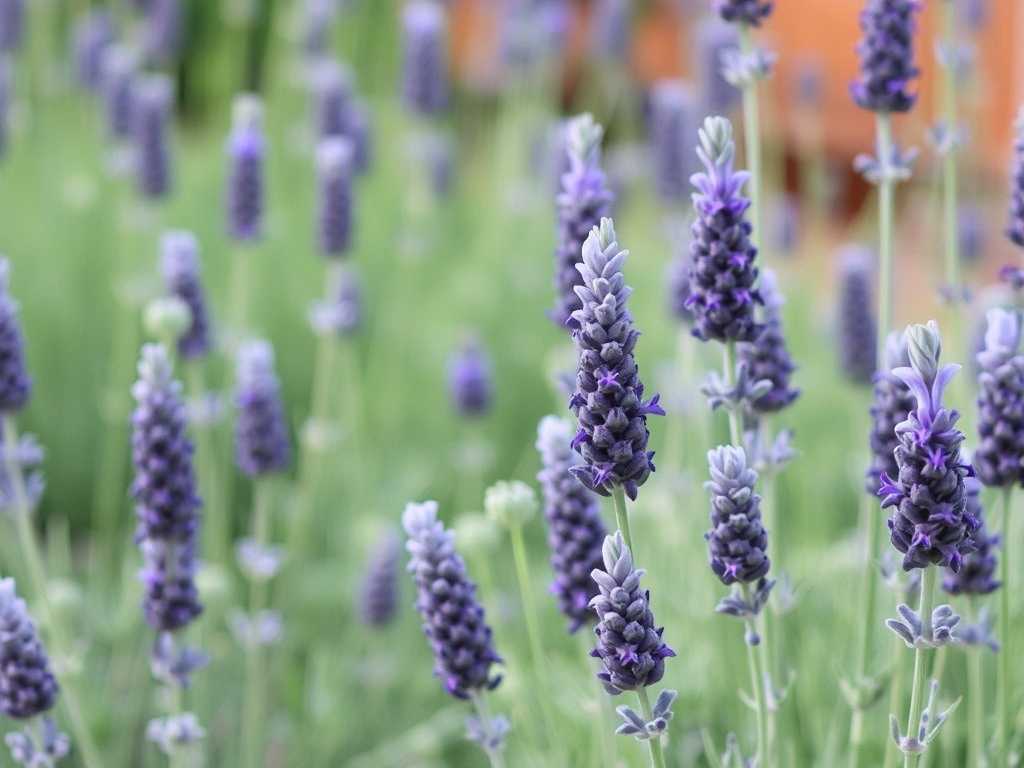
The right soil is your best insurance against overwatering. Lavender demands exceptionally well-draining soil. Heavy, clay-based soils that retain water are a death sentence. If you have poor drainage, your best bet is to plant in raised beds or containers where you can control the mix. A perfect lavender soil mix is a gritty, lean, and slightly alkaline blend. You can create an ideal medium by mixing: 60% standard potting soil, 20% coarse sand or poultry grit, and 20% perlite or small pebbles. Adding a handful of lime to the mix can help raise the pH, which lavender appreciates. This fast-draining soil recipe is essential for both English and French lavender varieties.
Fertilizing lavender is a case of "less is more." These are not heavy feeders. In fact, too much fertilizer, especially high-nitrogen formulas, can lead to an excess of weak, floppy foliage at the expense of flowers and fragrance. For plants in the ground, a single application of a balanced, slow-release, organic fertilizer in early spring is often sufficient. For container-grown lavenders, a light feed with a half-strength liquid fertilizer at the start of the growing season can be beneficial. Remember, you are growing lavender for its aromatic flowers, not its leaves. A lean diet promotes stronger scent and better blooming.

Pruning is what keeps your lavender plants compact, bushy, and productive for years to come. The goal is to prevent the plant from becoming woody and sparse in the center. The best time for the main annual prune is right after the first major flush of flowers has faded, usually in mid-summer. Using clean, sharp secateurs, remove the spent flower stalks, cutting back about one to two inches into the leafy green growth. Avoid cutting back into the old, bare wood, as it often does not regrow. A lighter trim in early spring can help shape the plant and remove any winter damage. Consistent annual pruning is the secret to a long-lived lavender plant.
While they share these core principles, English and French lavender have specific needs, particularly regarding winter hardiness. English lavender is remarkably cold-tolerant. Many varieties can survive winters in USDA zones 5 through 8, with some even handling zone 4 with good snow cover. They can stay outdoors year-round in these climates. French lavender, on the other hand, is frost-tender and thrives in warmer climates (USDA zones 8 through 11). In cooler regions, it must be grown in a container and brought indoors to a bright, cool spot before the first frost hits. This is the most significant difference in their care routines.
Harvesting your lavender is one of the most rewarding parts of growing it. For the most potent fragrance and the best dried buds, harvest when the flower spikes are covered in buds but only about one-quarter to one-half of the flowers on the spike have opened. Cut the stems long, first thing in the morning after the dew has dried but before the sun is intense. To dry them, bundle a handful of stems with a rubber band and hang them upside down in a dark, warm, dry, and well-ventilated area. In about two weeks, you'll have perfectly dried lavender for sachets, crafts, or culinary use.
Even with the best care, you might encounter a few issues. Fungal diseases like root rot are almost always caused by overwatering or poor drainage. If your plant is wilting and the soil is wet, root rot is the likely culprit. Improve drainage immediately or take cuttings to propagate a new plant. Few pests bother lavender, but spittlebugs can sometimes appear, leaving frothy blobs on the stems. These are mostly harmless and can be washed off with a strong jet of water.
For those in less-than-ideal climates, growing lavender in pots is an excellent strategy. It allows you to control the soil perfectly and, for tender French varieties, move the plant to shelter in winter. Choose a container that is only slightly larger than the root ball and has excellent drainage holes. Terracotta pots are ideal as they are porous and help the soil dry out more efficiently. Remember, potted plants will dry out faster than in-ground plants, so check the moisture level regularly, but still always err on the side of underwatering.
With these practical cultivation tips—plenty of sun, perfect drainage, minimal water, light feeding, and annual pruning—you are well-equipped to grow both stunning English lavender and exotic French lavender. Embrace their Mediterranean nature, and you'll be rewarded with beautiful, fragrant plants that bring a touch of Provencal elegance to your home and garden for years to come.
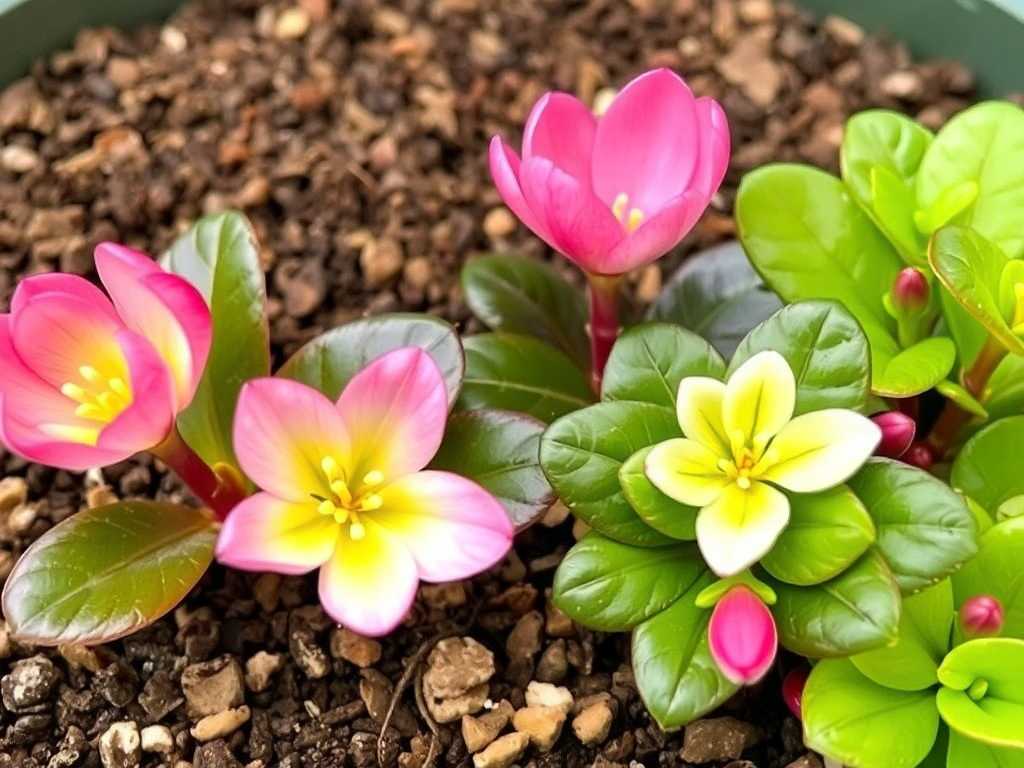
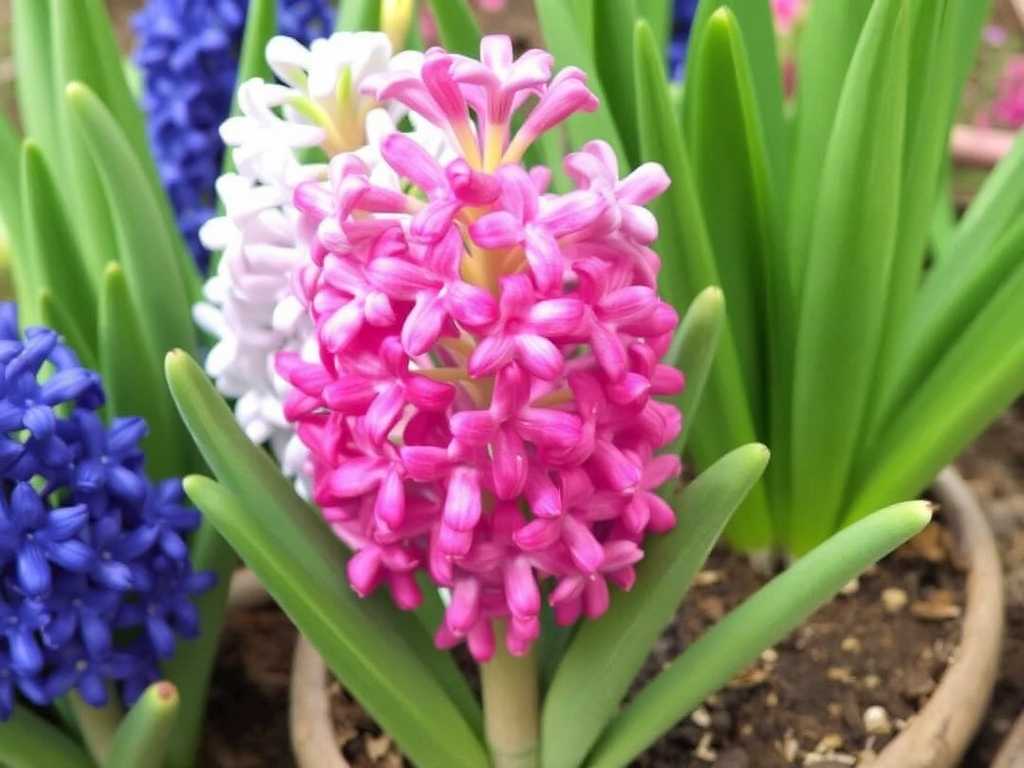
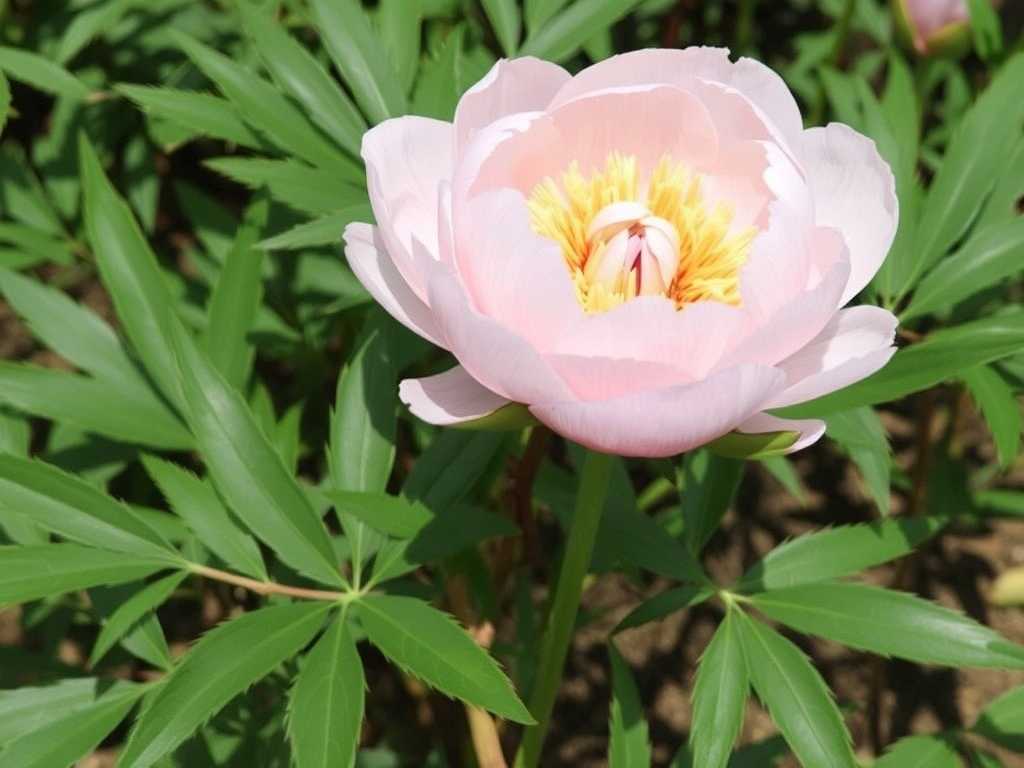

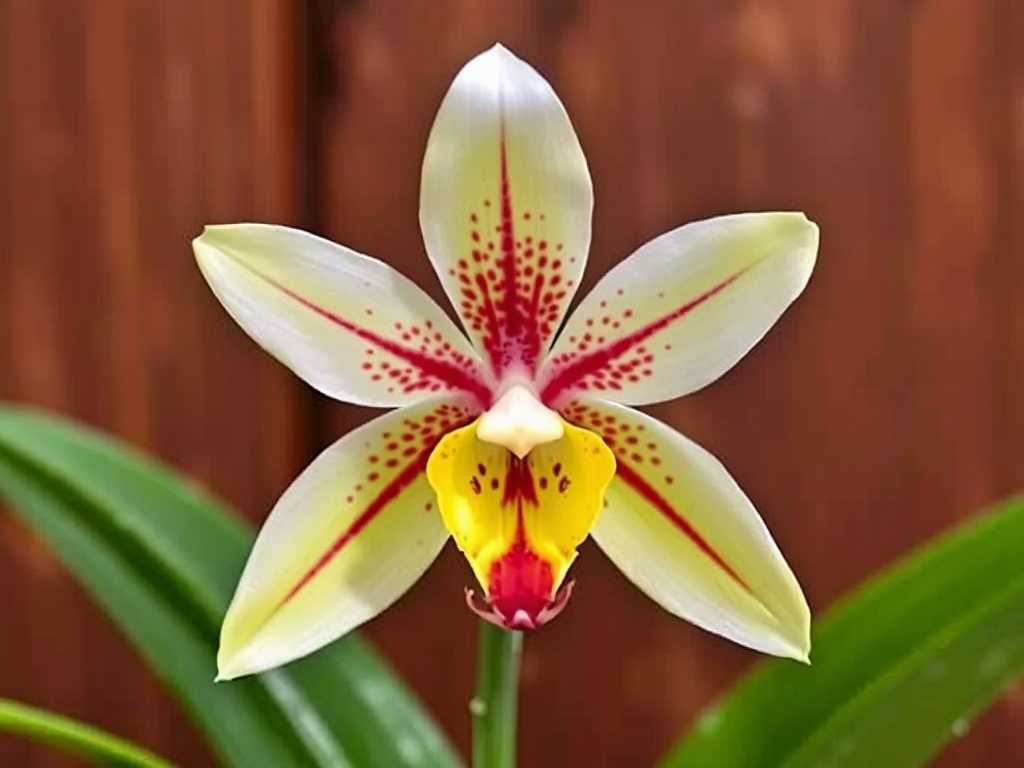
发表评论